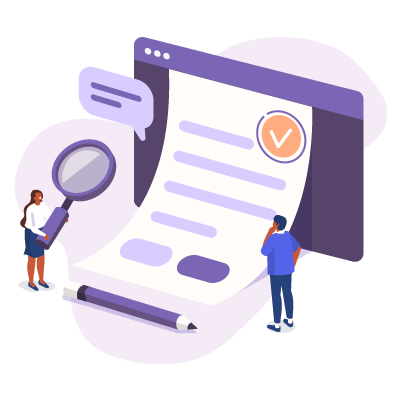
Why Choose an HR System with Employee Self-Service
Most businesses use HR systems with an employee self-service (ESS) portal because of the same level of experience they offer both HR administrators and employees.
However, ESS goes beyond improving intra-organisational communication and engagement. It also plays a crucial role in optimising administrative processes, maintaining accurate information, managing absences and leaves, reducing costs, and ensuring legislative compliance.
What Is Employee Self-Service?
Also referred to as HR self-service, employee self-service is a web-based tool through which employees can access their employment information and company forms or other documents.

Employees are provided with a username and password to enter the portal via the Internet or Intranet. Once logged in, users may update their personal details without further assistance, request time off, and get a quick overview of their payslips, among other things.
5 Benefits of Using HR Software with an ESS Portal
1. Improve HR Efficiency
The human resources department deals with many administrative routines, from maintaining employee records to managing HR documents, updating internal databases, assisting in the hiring process, and more.
According to a G&A Partners’ study, HR professionals spend around 73% of their time tending to repetitive admin activities. With employee self-service, there’s a possibility to reduce the admin burden.
ESS takes the time-consuming tasks off HR’s hands as the employees handle some of them. For instance, HR staff can get rid of redundant questions like “Is my leave approved?” since employees can check the status of their requests via the portal.
2. Keep Data Up-to-date
Paper piles and disparate sheets aren’t only an ugly sight, but they’re also hard to manage. HR admins may find it challenging to get the paper works under control, especially if they have other responsibilities to fulfill.
Thankfully, human resource software solutions have an employee self-service feature that makes document management more convenient. The ESS functionality enables users to access and change their data, allowing for efficient and accurate record-keeping.
Examples of such details that employees can update directly in the system are contact details, banking information, emergency contacts, address, certifications, and more.
3. Manage Time Off with Ease
Gone are the days that employees fill out forms or send emails to ask for time off. While some companies still practice these conventional methods of submitting time off requests, it’s ideal to embrace the digital approach.
By adapting employee self-service, HR leaders free their time checking their emails or processing leave requests. It also eliminates the idea of workers visiting the HR office to complete a leave request form and request for approval.
The HR self-service also involves employees more in the HR processes. One privilege given to employees is the ability to request leaves and check their remaining leave balances through the portal.
4. Reduce Paper Usage & Costs
The administrative costs for processing and printing employee records are no joke. There are plenty of documents to produce, such as personnel files, employment agreements, new employee documents, employee handbooks, and more.

Here’s the good news: having an employee self-service system also helps cut admin expenses. ESS reduces paper usage and related costs because teams can access most HR records and documents on the platform.
For example, HR managers can inform their employees of the updated company policies, new salary matrices, and changes in other documents by publishing them on the portal. This method is more cost-efficient and time-saving than printing and posting them to the various offices.
5. Avoid Non-compliance Issues
Proper documentation is every company’s first line of defence when faced with a compliance issue. Similarly, excellent documentation practices also protect any business from compliance fines and lawsuits.
Since HR self-service provides human resource departments with a single location for policy documents and updates, it aids in staying legally compliant with the HR documentation requirements.
Also, the data transparency that ESS offers allows employees to spot discrepancies and make or request corrections. Things like this play an integral part in ensuring compliance with HR laws.
The Bottom Line
Thanks to employee self-service, employees are involved in different admin tasks. It helps human resource teams optimise their overall workflow, save time and costs, maintain proper documentation, and more.
If you plan on investing in HR software, we recommend getting a solution with the ESS functionality, like the Prosoft HRMS. Our HR system has a personnel module or employee self-service portal that brings transparency and better communication across your organisation.
Learn more about our HR solution and personnel database management here.
